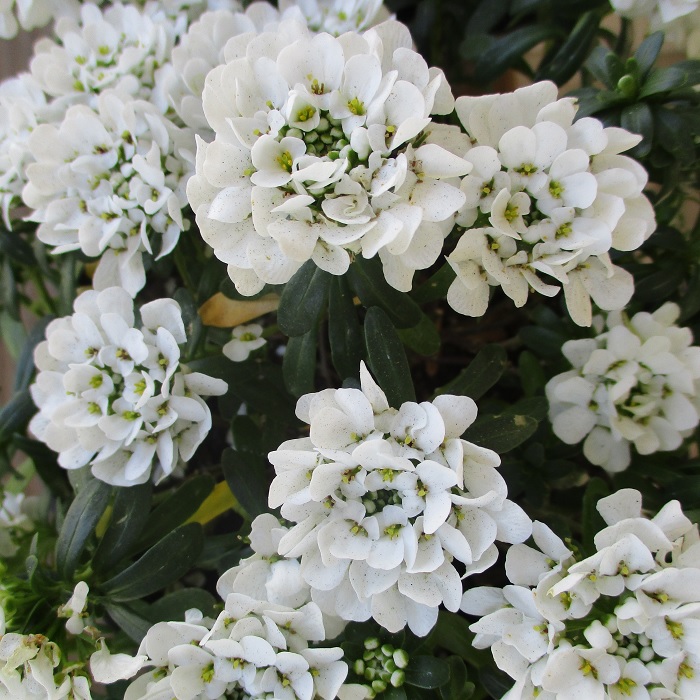UNITED STATES—The calendar does not always agree with the weather. It really is about time to start replacing aging cool season vegetable plants with fresh new warm season vegetables. Earlier warm and dry weather had suggested that it was getting late. More recent frosty weather followed by rain suggested otherwise. Regardless, there is no point in arguing with what the calendar determines.
The last seedlings for broccoli, cauliflower, cabbage and Brussels sprouts (for those who are able to grow them) should be well established in the garden. There should be enough cool weather for them to finish before the heat of summer causes them to go bitter. No more should be planted this late. Also, the last seed for beets should have been sown already. Peas should finish soon.
Warm season vegetables like tomato, pepper, squash, cucumber, corn and bean are the main concern now. Tomato and pepper are most easily planted as seedlings purchased in cell packs. A packet of seed costs as much as a cell pack, but must be sown and grown into seedlings, which is extra work. If necessary, varieties that are unavailable in cell packs can be grown from seed.
The other warm season vegetables grow so fast from seed that there is no advantage to planting them as seedlings here. Some would be distressed from transplant as seedlings. Besides, so many individual plants of each type are typically grown together that it would be expensive to purchase so many cell packs. Squash might be an exception if only a few plants would be enough.
Bush beans may seem like they would be easier to grow than pole beans because they do not require support. However, pole beans can grow on the sunny side of a fence in the background of a vegetable garden, utilizing otherwise useless space. If it would not damage the fence, string can be strung in a zigzag pattern (up and down) between nails pounded part way into the top and bottom of the fence. If the string is held an inch or so from the fence (at the heads of the protruding nails), bean vines would be happy to climb it.
Highlight: candytuft
It looks like sweet alyssum, but is not even close. The tiny white flowers and finely textured foliage work almost as well for similar uses in the landscape. In fact, the plants are most often grown as short term warm season annuals. However, candytuft, Iberis sempervirens, is really a perennial that can be cut back in autumn, regenerate through winter, and bloom for spring and early summer.
One must really examine candytuft closely to see that it is related to cold crop vegetables like broccoli, cauliflower, cabbage and Brussels sprouts. That is why is has an odd aroma when cut back. Mature plants have the potential to get nearly a foot deep, but typically stay lower. They can spread a bit wider than a foot. Candytuft can tolerate a slight bit of shade, but prefers sunny exposure.
If planted closely together, candytuft can form a nice small scale ground cover. It mixes nicely with stones, and cascades slightly over the edges of low stone retaining walls. It is more substantial than sweet alyssum, and works better for permanent planting in borders and along walkways. The barely perceptible floral fragrance of individual plants can be quite appealing in larger volumes.
Horticulturist Tony Tomeo can be contacted at tonytomeo.wordpress.com.




